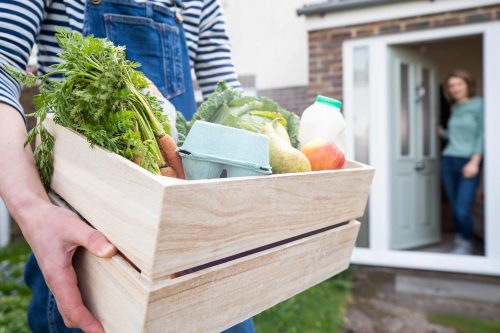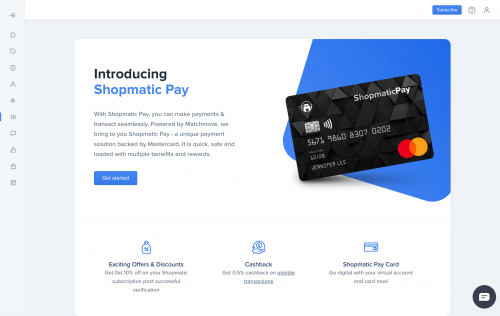
Let’s start with the good news: there will be more consumers at online stores.
58.4% of internet users are buying online each week.
As a result, analysts expect the global ecommerce industry to grow to $8.1 trillion by 2026. That’s up from $5.7 trillion last year in 2022.
We know it is difficult to predict with certainty what all online customers will be looking for in 2023, as preferences and trends can change rapidly. Also, these are determined by various factors like economic, cultural and geographic influences.
However, based on current trends and developments, it is likely that customers will continue to prioritise convenience, speed, and personalised experiences when shopping online. Businesses can build strong relationships with their target audiences and use the right strategies incorporating these to create a powerful and lasting impact on their customers
-
More emphasis on sustainability and ethical practices in e-commerce.
Younger generations are buying online and social commerce is on the rise. Environmental Concerns, Sustainability and Business Values are important to this generation. Overall as well, online consumers are adopting a more conscious approach when shopping, looking for brands that align with their values and offer sustainable solutions, as well as empowering the people.
-
‘Live’ Shopping will become popular.

If you haven’t heard of this; live streams of shopping either one-on-one or by making use of influencers is a new and increasingly popular way online consumers are shopping these days. To harness the power of this, consider using this for Product Launches, offering convenience shopping to your customers, or as a part of your Influencer Marketing plan; as influencers will stay a valuable asset
-
Online consumers are increasingly diligent researchers before committing to a purchase.
Mobile friendly and bite-sized digital content shared over social media channels will be valuable for quick recall. Digital content therefore will become a requirement. This will include User-generated content.
-
An exploding popularity of videos among consumers is on the charts.
YouTube shorts and TikTok videos are already hugely popular and effective in all stages of the consumer journey from awareness, consideration, purchase, and advocacy. You can upload your YouTube video on your Shopmatic store in a few clicks and this feature is super helpful in the current climate.
-
Social Commerce will continue and spread.

As will access to more localised and authentic products through cross border e-commerce. Consumers are leaning towards more contactless and self-service options for delivery and pickup.
-
Consumers will prefer greater variety of payment methods like Shopmatic Pay.

Digital payments that don’t require cash and are more secure transactions will be favoured. This also includes subscription payments which will become more popular as well.
-
Digital tech, chatbots for shopping and exceptional customer service.

Chatbots will become more common practice and AI will become more useful. Enhanced emphasis on customer care for building strong relationships and first class service will be an expectation by online customers
-
Personalisation in product and in packaging will be more popular.
This brings a definitive spark to the buying experience for consumers. Data collection enables businesses to know their customers and preferences well enough to make recommendations or personalise their experience accordingly.
Fast developing technology continues to integrate digital commerce into everyday life. Shopping experiences that give more power to the consumer including flexible payment options, personalization capabilities, access to a wider range of products; and living up to conscious goals are the way of the future.
Say Hi to a new confident customer who is unique in many ways!
“There is only one boss. The customer. And he can fire everybody in the company from the chairman on down, simply by spending his money somewhere else”- Sam Walton

